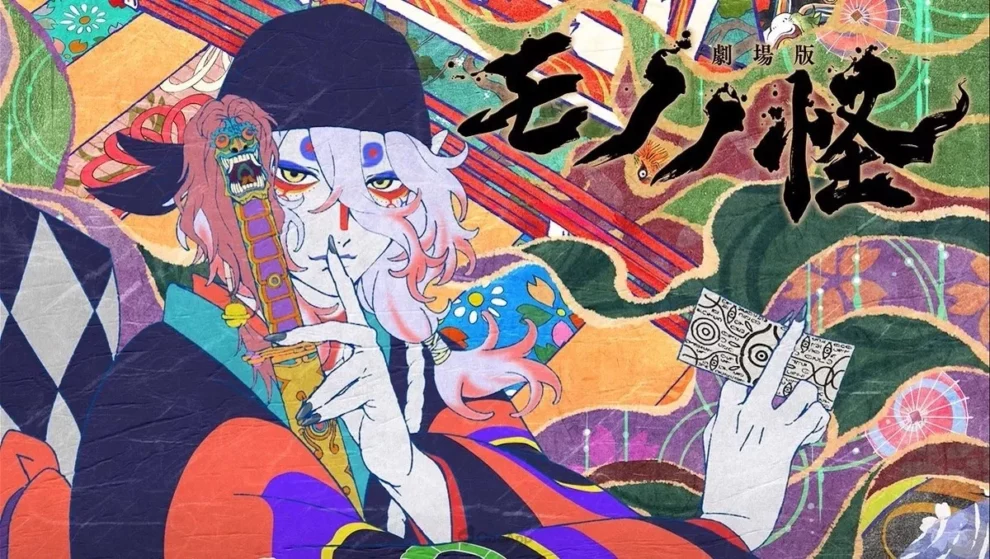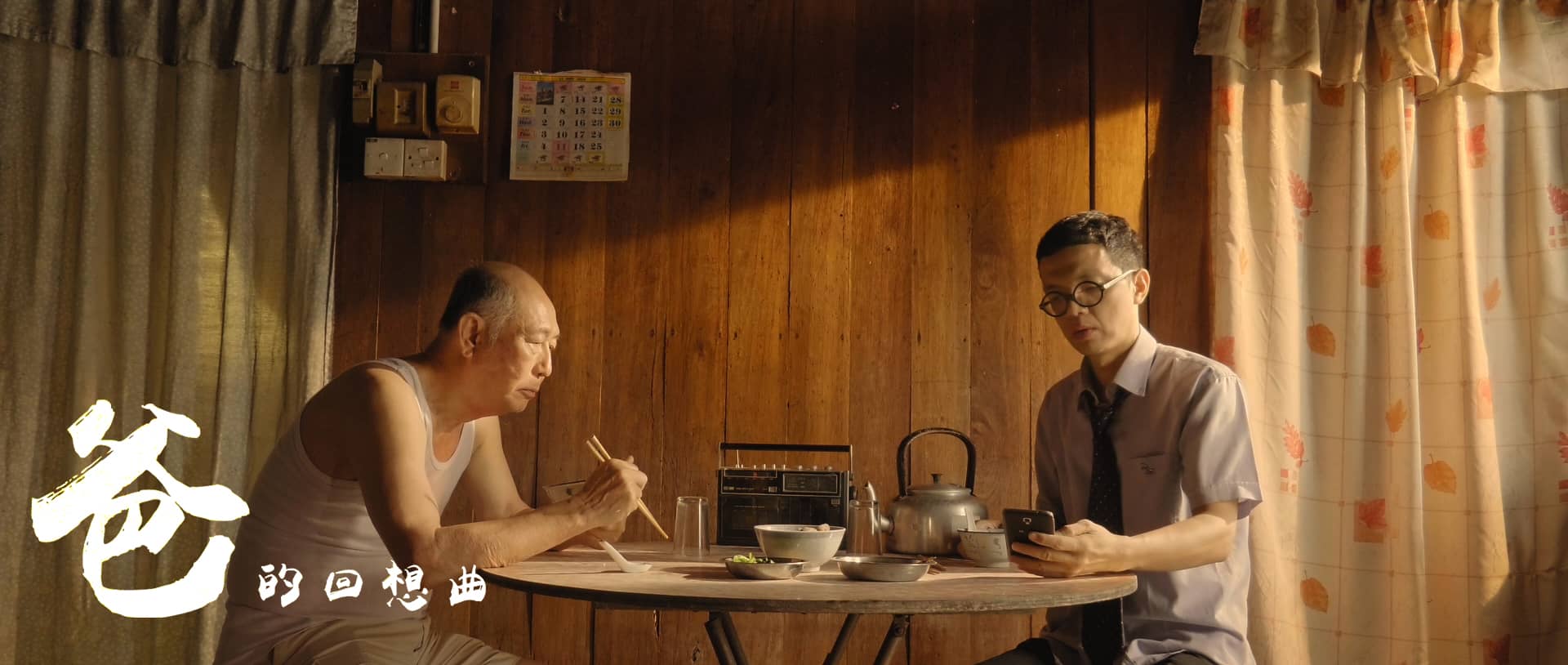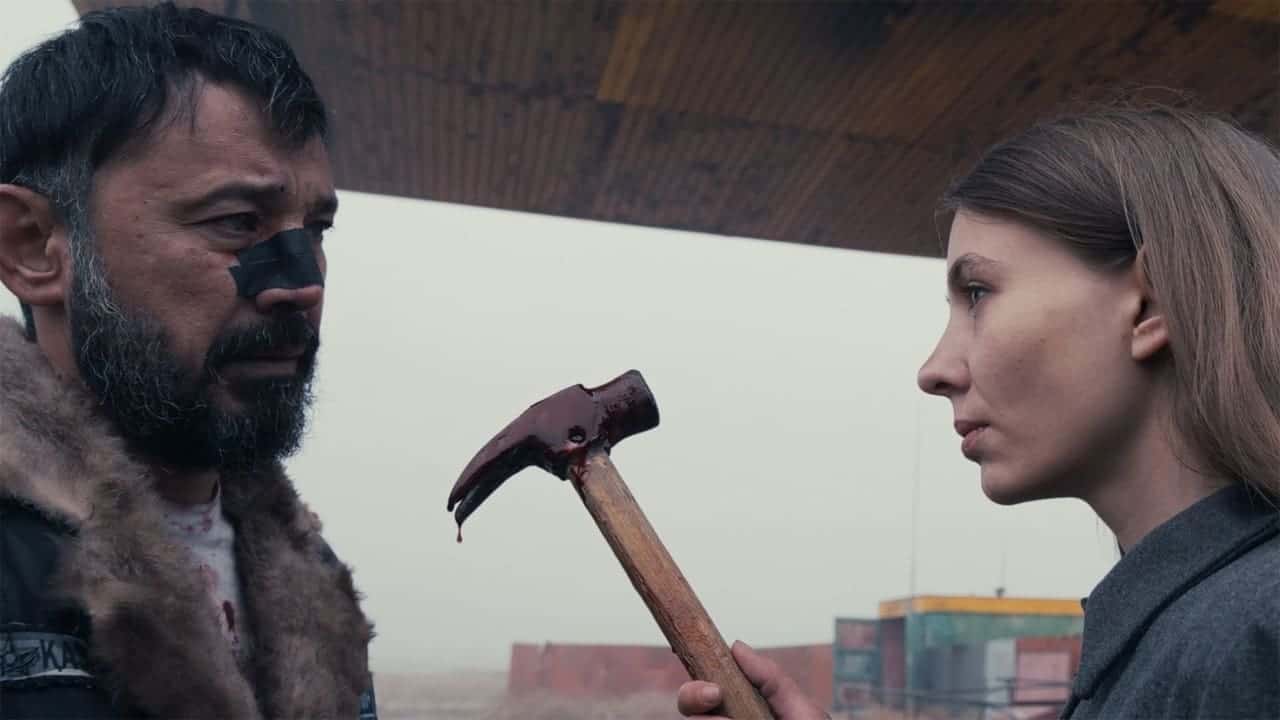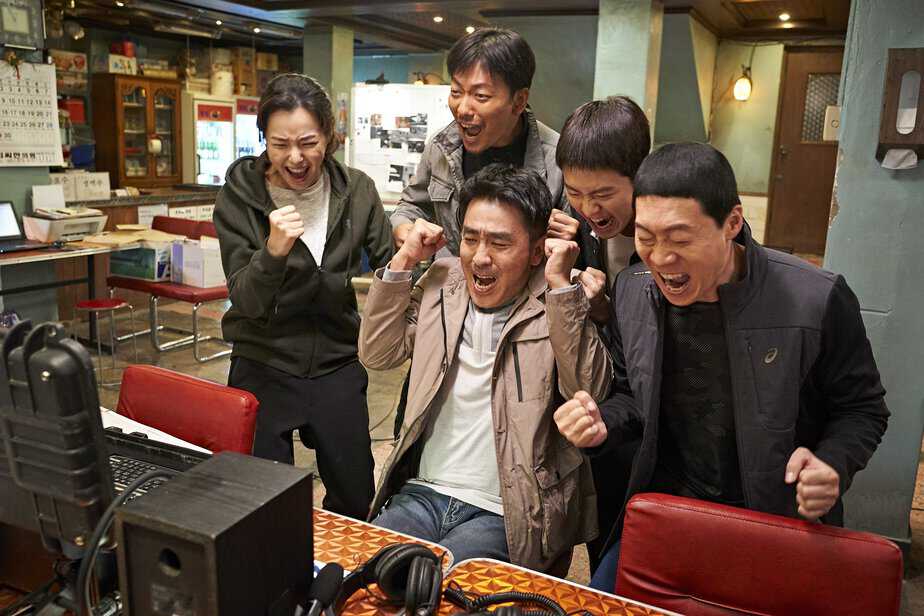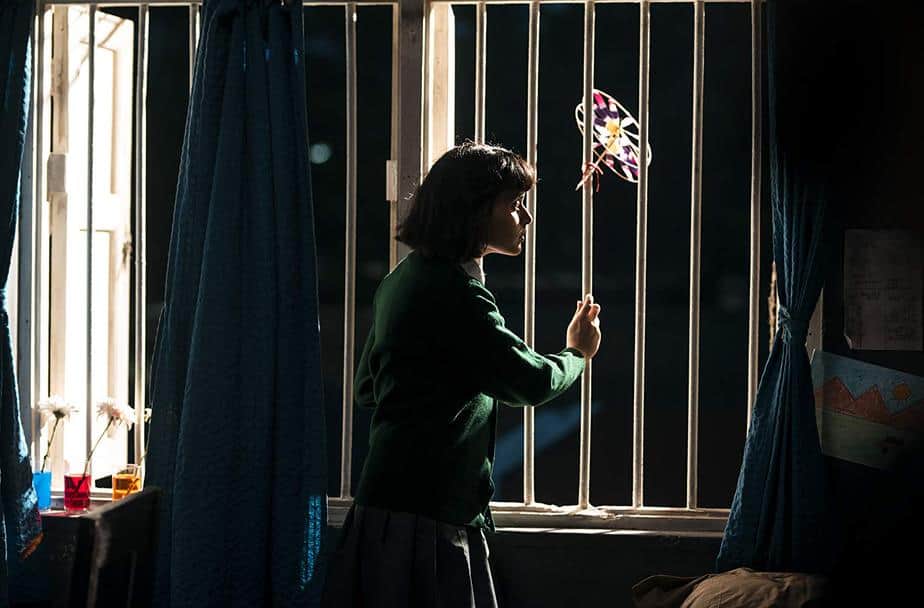When talking about anime to people who don't often watch them, they might have a very specific visual idea in mind. It might be the intense action of shonen battle shows, or perhaps the soft colors and sparkling large eyes of shojo romance. Or perhaps they associate anime with the style of Studio Ghibli's output. However, there is no hard and fast rule about what anime should look like. At first look, the series “Mononoke” from Toei Animation might seem like a bizarre departure from “normal” anime for the studio that shaped much of the art form, but it is a rich show that draws from the very foundations of Japanese tradition.
Click on the image below to follow our Tribute to Netflix

A mysterious Medicine Seller wanders Japan on a mission to hunt down and destroy mononoke; spirits of myth and folklore that seek out and exploit the negative emotions of humans to dark and destructive effect. He encounters those affected by the mononoke's actions and to stop them must first uncover the Shape, Truth, and Reason for what is happening.
The show is a spin-off of “Ayakashi: Samurai Horror Tales” (2006) and owes a lot to it in structure. Both are anthology horror series with small sets of episodes making up an arc. They can be seen as a modern update of Hyakumonogatari Kaidankai. This was a party game from the Edo period where people share ghost stories and extinguish a candle after each telling. Supposedly, after 100 stories are told, a ghost would be summoned. Luckily for us, only five stories make up “Mononoke”; Zashiki-warashi where a young pregnant woman seeks shelter in a dangerous place, Umibozu that features a ship lost at sea, Noppero-bo which sees an abused young woman long to escape her life, Nue where three suitors must take a strange test to win a lady's hand in marriage, and Bakeneko which was also the basis for the episodes of “Ayakashi” that “Mononoke” spun off from and first featured the Medicine Seller character, and was also directed by Kenji Nakamura. The two stories are very different though, with the “Ayakashi” version being a more typical tale of samurai clans and the “Mononoke” one being a bit more “Yokai on the Orient Express”. There is a sense of a classic mystery story to the arcs as the Medicine Seller must first solve what has created the mononoke before he can confront it.
The style of the show, overseen by art director Takashi Kurahashi and Takashi Hashimoto as animation director who also did the character designs, is heavily drawn from traditional Japanese ukiyo-e paintings, but with extra flourishes and elements that remind of other art styles such as Indian Patachitra, Art Nouveau, and even 60s psychedelic art. The screen has a texture of paper behind it which gives an impression as if what we are seeing are illustrations in a book or like kamishibai, the Japanese paper theatre.
This emphasis on storytelling extends to the movement and staging that draws from Noh Theatre, particularly in the moments that emphasize through stillness. Doors onscreen open and close to give the impression of a theatrical scene change. The “Noppera-bo” arc takes the Noh Theatre inspiration further by having the titular mononoke use masks like those from the theatre style. Color, and in a few moments the draining and brightening of color, is also used to great effect throughout and in the Nue arc particularly.
The nature of the mononoke in each of the arcs is that they latch on to strong negative emotions that are then turned monstrous. As such, many of the characters that the Medicine Seller meets, both innocent and malevolent, have to confront their own sins and secrets. In this way, the show is just as much about human nature as it is about ghosts and monsters.
As for the Medicine Seller, it can be said that he isn't in and of himself a full character. We know nothing about him. He is a facilitator, a catalyst for the stories with a knowing and sarcastic attitude that is amusing to watch. There are mysteries about who he is and his nature, little glimpses of self, but these are never elaborated on and honestly it's better for that. Mononoke might initially seem like a huge step outside of the comfort zone for some anime watchers. Yet it is a rich and bold celebration of Japanese storytelling tradition that is both mesmerizing with its small unfolding mysteries and thrilling in its horror. A true hidden gem that is well worth seeking out.


